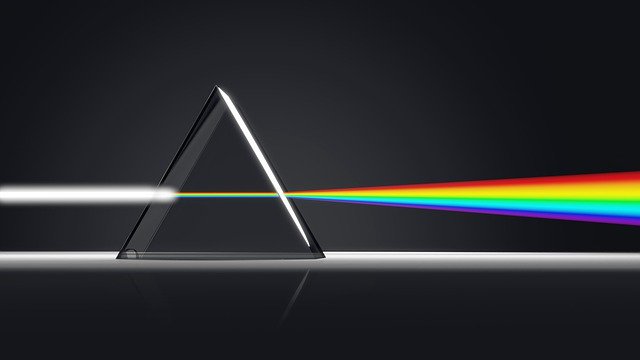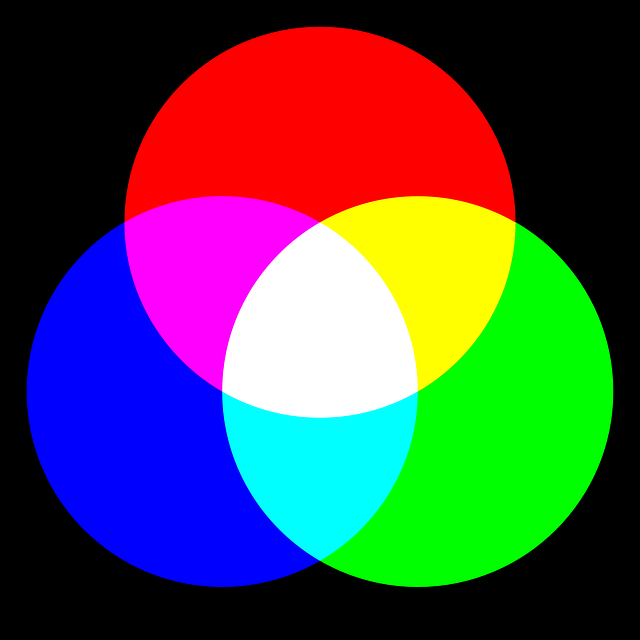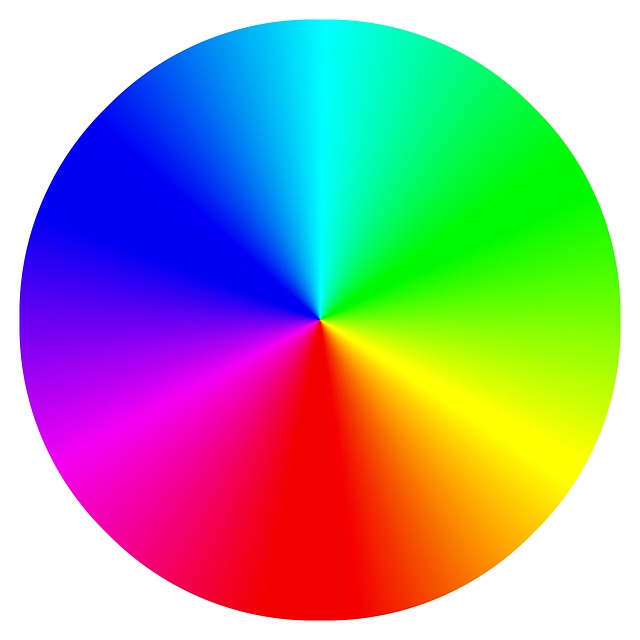Science Sunday: Colors
What is color?
 In order to see color, there must be light. The sun’s rays are made of “white light” which is all the colors combined together. Light is made of electromagnetic waves which travel extremely quickly. Different colors have different wavelengths. When the light shines onto an object, some colors bounce off and others are absorbed. We see the colors that are bounced off or “reflected”.
In order to see color, there must be light. The sun’s rays are made of “white light” which is all the colors combined together. Light is made of electromagnetic waves which travel extremely quickly. Different colors have different wavelengths. When the light shines onto an object, some colors bounce off and others are absorbed. We see the colors that are bounced off or “reflected”.
Questions:
Which color has the shortest wavelength humans can see and which color has the longest wavelength?
Are there any colors that humans cannot see?
https://www.crayola.com/for-educators/resources-landing/articles/color-what-is-color.aspx
How do we see colors?
When light hits a colored object, all of the various wavelengths from the white light are absorbed except for the wavelengths of the color of the object. Those are reflected. So if light hits a blue mailbox, the wavelengths of green, purple, yellow, orange, red, etc. are absorbed by the mailbox, but the wavelengths for blue are reflected.
The reflected light waves bounce off the object and enter the eye. At the back of the eye is special tissue called the retina which contains photoreceptor cells called rods and cones. Different rods and cones react to different wavelengths (colors) of light. Rods work better in low light situations while cones need more light. When light hits the rods and cones, they send electrical signals to the brain via the optic nerve. The optic nerve delivers information about color to the part of the brain called the thalamus, but the thalamus is simultaneously receiving signals from other senses, and it processes, combines, and repackages information, sending it along to the visual cortex which is another area in the brain. Some cells in the visual cortex recognize color, while others recognize shape, motion, etc. The information is combined into an entire image and is then sent to the prefrontal cortex where we make sense of it.
Activity: Draw an illustration of a color reflecting off an object and going through the various areas of the brain. This website will help!
Activity: Test It Out Yourself: At night, turn on lots of lights in your house and pay attention to all the different colors you can see. Look for things that are blue and purple and think how the wavelengths of those objects differ from the red and orange things you see. Then go into your room and turn off the lights. Try to see the colors of objects in the darkened space. Can you see a lot of color, a little bit of color, or no color at all?
How many different colors can we recognize?
The human eye contains many different cone cells and each one can register about 100 different shades of colors. However, because people have different abilities to see color gradations researchers can’t pinpoint an exact number of colors that are visible. Estimates say that humans can see somewhere between one million and ten million different colors.
 Hue, Value, Intensity
Hue, Value, Intensity
The primary colors are red, yellow, and blue
Secondary colors are green, orange, and purple
There are also “Intermediate” colors: yellow-orange, red-orange, red-purple, blue-green, and yellow-green
Mixing of colors that are close to one another on the color wheel can produce many additional colors and color gradations.
A black object absorbs all of the light rays and reflects none. A white object reflects all of the electromagnetic waves. Gray is a mixture of black and white. These are called “neutrals”.
A pure color is known as a “hue.” A color that has had white added to it is referred to as a “tint” while adding black makes the color darker, known as a “shade”.
Questions:
What color is directly opposite green on the color wheel?
What color is directly opposite blue-violet on the color wheel?
https://aces.nmsu.edu/pubs/_c/C316/welcome.html
Activity: Select a hue on this color chart and then explore all the different tints and shades in that color family:
https://www.crayola.com/explore-colors/
What does it mean to be colorblind?
Some people have a physical condition where the cones in the retina of their eyes don’t work in the typical way. They may be missing cones, their cones may not work, or their cones may detect different colors than most people see. Red-green colorblindness is the most common type, and it affects about 5% of males. To them, yellow and green look red, and they can’t tell the difference between blue and violet. Colorblindness is often genetic; however it can also be caused by damage to the eye or a part of the brain that processes information about color.
Activity: What color do people with “protanopia” have trouble seeing? What do they see instead of that color?
https://www.aao.org/eye-health/tips-prevention/how-humans-see-in-color
https://www.webmd.com/eye-health/color-blindness?scrlybrkr=15a6625a
What is the most common favorite color?
A survey of 2000 people indicated that blue was the favorite color among both men and women. However, the next biggest favorite color among men was green, while it was purple for women.
https://www.livescience.com/34105-favorite-colors.html
Psychological effects of colors?
Some research indicates that different colors can affect our mood. Colors can also help us remember things better. Being around the color green seems to make people feel positive emotions more strongly while red may make negative feelings more intense. However, many psychologists feel that much more research needs to be done in this area before we can be sure of the psychological effects color may have.
 Experiment With Color
Experiment With Color
Traveling Colors: https://www.youtube.com/watch?v=9EUfVIon6t8
Color Science: https://www.sciencefun.org/kidszone/experiments/color-science-experiments/
Color Mixing Tray: https://www.stevespanglerscience.com/lab/experiments/color-mixing-tray/
Top 10 Color Experiments for Kids: https://lemonlimeadventures.com/top-10-color-theory-experiments-for-kids/
Play & Learn
Crafts:
How to make a color wheel https://www.wikihow.com/Construct-a-Color-Wheel +
Food:
Rainbow Drink:
Mix water with food coloring to make different colored ice cubes. Make lemonade and then decide which color ice cube you want to mix with the lemonade. Observe what happens to the color of the lemonade when the ice melts.
Fun Activities (coloring pages, word searches, etc.)
Color pictures online:
https://www.coloringpages-forkids.com/
https://www.roomrecess.com/pages/ColoringPagesForKids.html
Color Jokes and Puns: https://docs.google.com/document/d/11lxCnZBYgZNG2JqHz2a_JKFxFKBigHcG5rHsDygFl50/edit?usp=sharing
